Today’s research and development (R&D) teams need to strike a careful balance between speed and quality to meet customer and stakeholder expectations. Many teams seek the first-mover advantage for the important work they’re executing while grappling with the quality standards expected of them.
From researching, organizing and testing new programs, R&D teams often shoulder the responsibility of future company growth. But how R&D teams work is changing, a new frontier referred to as hybrid work. In this new way forward, traditional pain points that R&D teams face intensify and threaten project quality, all of which are amended through hybrid work management.
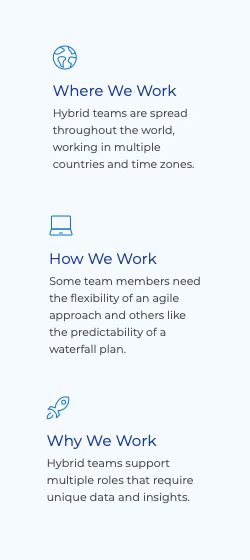
A modern definition of hybrid work
“Hybrid work” is tossed around as a catch-all, but its modern definition goes deeper than simply working from different locations. Today’s hybrid R&D teams are also separated by preferred work style and unique team roles. An outdated project management approach in conjunction with cumbersome tools amplifies the speed versus quality struggles of hybrid R&D teams.
Struggles may include a lack of flexibility, limited collaboration that is disconnected from the work and difficulties managing team resources. Hybrid R&D teams can address their pain points through a new concept called hybrid work management, a concept illustrated through a real-world example below.
Take CatSci, an award-winning innovation partner for medicine development. Dan Smith, Head of Portfolio at CatSci, oversees scientific teams. In 2020, the volume of scientific teams doubled while the organization adapted to a remote working environment. This shift required a modern solution to help CatSci’s global customers achieve desirable outcomes.
A closer look at Catsci’s most pressing pain points
Before implementing the concept of hybrid work management, CatSci struggled with how to best manage their increasingly hybrid processes.

Limited transparency & flexibility
Timely and on-budget project delivery is significantly harder without visibility into how team members are spending their time. In the case of CatSci, Dan Smith knew that transparency was crucial to his team’s long-term success.
Collaboration challenges
When a new team member joined and needed to be brought up to speed on a project that started 6 months ago, locating contextual conversations through disjointed tools and various correspondence slowed progress for Smith’s team. When teams are spread across time zones, gravitate toward different work styles and have unique skill sets, collaboration becomes that much more difficult.
Resource management and reporting
CatSci also needed a better way to manage resources and reporting. Overseeing scientific teams requires the right resource management tools to track equipment and how it’s utilized. Smith noted that he also needed a more qualitative sense of day-to-day project data.
Through hybrid work management, CatSci was able to alleviate many of its existing pain points while maintaining and even improving its quality of work.
Start your R&D organization on the path to hybrid work management
CatSci is only one example of an R&D organization that has faced collaboration, reporting and resource challenges in this hybrid landscape. There are immediate steps you can take to improve the workflow and productivity of your hybrid team.
Increase transparency by tying collaboration to the work
By tethering communication directly to tasks, teams can make task-level comments in real time. Streamlining communication and establishing a single source of project truth also makes it easy to locate conversations without digging through old email chains or one-off Slack conversations.
In the case of CatSci, Smith notes that streamlining collaboration allows projects to reach people that weren’t typically part of the conversation, bringing fresh perspectives to solving problems.
Embrace different work style methodologies
Rather than being prescriptive about one work style, hybrid R&D teams should embrace various work methodologies and allow employees to work how they please. People can work in sprints, use task lists or waterfall plans as long as they hit their goals.
Implement a consistent reporting framework
By establishing a consistent reporting process that incorporates the unique data needs of team members with different roles, information is readily available and digestible. Key stakeholders may require summary updates, while team leaders need daily progress reports. Agreeing on and following a reporting framework ensures hybrid team members are acting on the best possible information.
An All-In-One Solution: Project & Work Management Software for Hybrid Teams
The above actions can set you on a path to hybrid work management, but choosing software will take you further. ProjectManager is an award-winning project and work management software solution designed with hybrid teams in mind. Trusted by 35,000+ users globally, ProjectManager is a flexible solution for hybrid R&D teams.
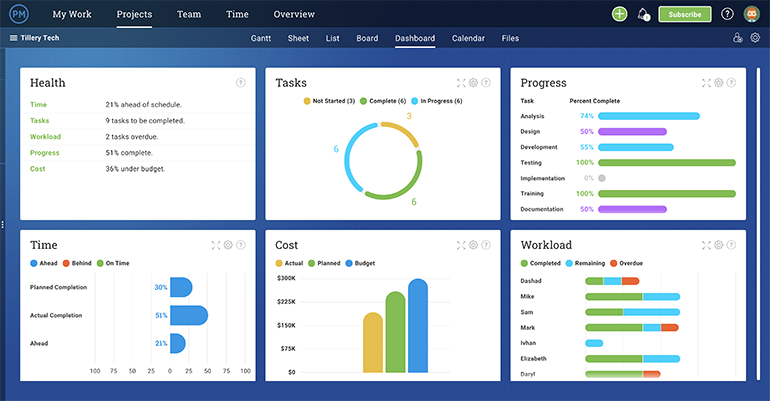
With five different work views (including Gantt charts and kanban boards), automated workflows, real-time dashboards and in-depth reports, R&D teams have the necessary tools to optimize processes and deliver quality work faster. ProjectManager is also collaborative to the core, making it easy to manage complex projects regardless of the location of team members. Its intuitiveness and ease of use make getting started easy.
“With really good scientists, you need a high degree of trust. ProjectManager lends itself to a trust in teams,” Smith said.
“I can’t say enough positive things about it. The openness of ProjectManager and how it empowers our scientists. It allows them to build the tool they need to solve the problems they have and communicate with the team freely and easily. That is very powerful,” Smith said.
To try ProjectManager for free for 30 days, visit www.projectmanager.com/pricing.
Sponsored by Project Manager

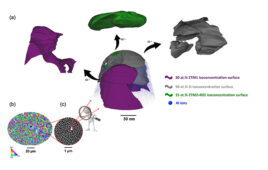
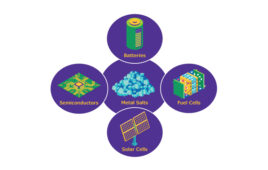

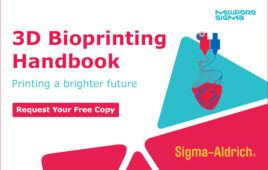
Tell Us What You Think!